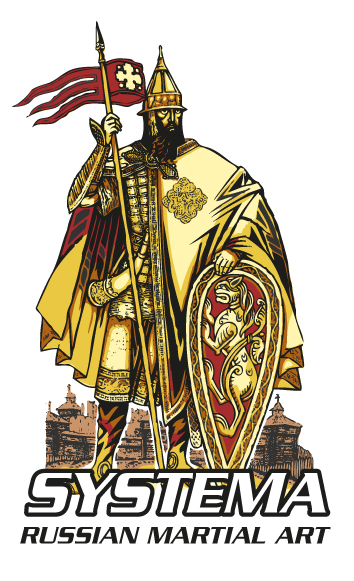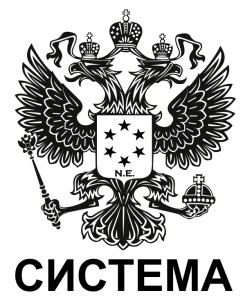People continue to talk about karate at increasing rates, especially as the practice has become more popular in recent years. Known as a type of martial arts, karate originates back to China. With more knowledge and understanding of what karate is and the health benefits that it has, people around the world are trying the practice out at higher rates. With this in mind, let’s examine some of the top benefits of practicing karate.
More Active Lifestyle
One of the most obvious benefits of karate is the positive influence it can have on one’s health. In karate, a person is trained on striking moves, which can include punches, kicks, and knee strikes, and typically requires a sustainable fitness level. Because of this, karate continues to be highly recommended for helping to maintain an active, healthy lifestyle.
To best prepare for a season, many professional athletes have found that incorporating karate can help them achieve their peak fitness levels, as the physical discipline and training that one gets from karate continues to be nearly unmatched. According to an article from Evolve, karate can burn up to 1,000 calories per hour, providing an efficient and heart-pumping workout. By incorporating karate and martial arts into their training, not only can it help professional athletes to attain their physical goals, but anyone who wants to begin practicing a more active lifestyle.
Improved Mental Health
In addition to helping keeping your body in physical shape, it is also considered a highly beneficial practice for one’s mental health. How exactly can karate help with one’s mental health? To begin, karate and martial arts as a whole are a practice that is meant to be approached as a way to get the most out of your life physically, but mentally and spiritually as well. Because of the more intricate, difficult approach to karate, individuals who practice karate often find that their mental health has improved as a result of the discipline that is required. As one practices karate over a longer period, they may find that their overall mood and energy levels have improved.
The mental and physical benefits not only make karate a great practice to think about implementing in one’s life, but it can also help you find an active lifestyle that works best for you.
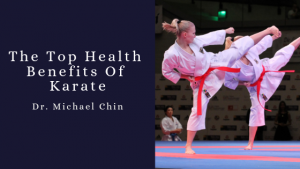
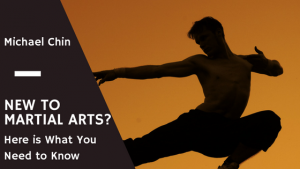


 When you search “what’s the difference between MMA and karate?” online, there are no shortage of applicable answers. Googling “what’s the difference between MMA and systema” or “What’s the difference between karate and systema?” yields far fewer relevant results, but that doesn’t mean Systema is any less legitimate a martial art.
When you search “what’s the difference between MMA and karate?” online, there are no shortage of applicable answers. Googling “what’s the difference between MMA and systema” or “What’s the difference between karate and systema?” yields far fewer relevant results, but that doesn’t mean Systema is any less legitimate a martial art.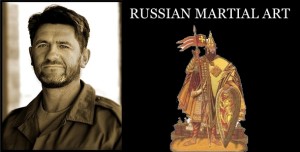 Back in December of 2013, Rob Poyton interviewed Vladimir Vasiliev in regards to his entrepreneurial success in the Russian Martial Art of Systema. Today, there are over 200 schools that teach Systema with over 500 instructors.
Back in December of 2013, Rob Poyton interviewed Vladimir Vasiliev in regards to his entrepreneurial success in the Russian Martial Art of Systema. Today, there are over 200 schools that teach Systema with over 500 instructors.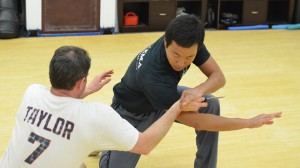 As a martial art developed by the Russian military, Systema focuses on relaxation and breathing techniques in addition to hand-to-hand and weapon combat. On the Russian Martial Art website, Vladimir Vasiliev describes the secret of systema and its unique method of combat.
As a martial art developed by the Russian military, Systema focuses on relaxation and breathing techniques in addition to hand-to-hand and weapon combat. On the Russian Martial Art website, Vladimir Vasiliev describes the secret of systema and its unique method of combat. In a recent article by Systema HQ, many people know martial arts but many don’t know about Systema, the Russian style of martial arts that dates back to the 10th century. System was first used as a method of repelling invaders from the north, south, east and west. Since Russia is such a large country, they needed people ready to defend the country from all directions. These battles to defend the country, happened in the blistering heat of summers and the cold days of winter. The russians were usually greatly outnumbered by the enemy forces. Because of their shortcomings, they created defense tactics that combined string will and innovative moves in order to compete with said enemy that wanted to invade Russia. The style of Systema is natural, free, with no strict rules, structure, or limitations. All of the tactics are based on instinctive reaction, individual strengths and characteristics.
In a recent article by Systema HQ, many people know martial arts but many don’t know about Systema, the Russian style of martial arts that dates back to the 10th century. System was first used as a method of repelling invaders from the north, south, east and west. Since Russia is such a large country, they needed people ready to defend the country from all directions. These battles to defend the country, happened in the blistering heat of summers and the cold days of winter. The russians were usually greatly outnumbered by the enemy forces. Because of their shortcomings, they created defense tactics that combined string will and innovative moves in order to compete with said enemy that wanted to invade Russia. The style of Systema is natural, free, with no strict rules, structure, or limitations. All of the tactics are based on instinctive reaction, individual strengths and characteristics.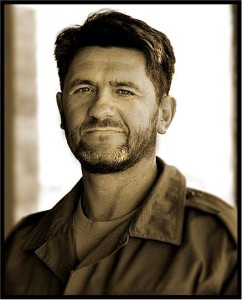 Michael Chin was certified by Vladimir Vasiliev to teach Systema at Mass Bay Systema. Vladimir is the director and chief instructor of Systema Headquarters located in Toronto. Vladimir was born in Russia and was trained in Systema and other intensive combative training. In 1993, he moved to Canada where he founded the first school of Russian Martial Art outside of Russia. He has trained and qualified 500 instructors in the Art of Systema. He is also an award-winning producer in Systema instructional videos. He has multiple government awards including the very prestigious “Order of Duty and Honor” and “Order of Loyalty” awards.
Michael Chin was certified by Vladimir Vasiliev to teach Systema at Mass Bay Systema. Vladimir is the director and chief instructor of Systema Headquarters located in Toronto. Vladimir was born in Russia and was trained in Systema and other intensive combative training. In 1993, he moved to Canada where he founded the first school of Russian Martial Art outside of Russia. He has trained and qualified 500 instructors in the Art of Systema. He is also an award-winning producer in Systema instructional videos. He has multiple government awards including the very prestigious “Order of Duty and Honor” and “Order of Loyalty” awards.